Review: 1975 Citroen 2CV

It was our first drive on the French autoroute. The highway, heretofore flat, began to climb, all but imperceptibly. Imperceptibly that is, except to the drivers of the Deux Chevaux, cars that look like old Beetles made of corrugated barn roofing. Suddenly, the Deux Chevaux were moving en masse into the far right lane, putt-putting ever more loudly as they struggled vainly to maintain momentum. “Ooooh!” exclaimed Miriam, my two and a half year old sister. “Dudebos fall out!”
To a kid whose automotive ideal was the ’64 Impala Super Sport, the Deux Chevaux was a piece of crap. Two cylinders, seats of canvas slung over pipes, weights for shocks. The Deuches leaned in corners like sail boats tacking in the wind. Danielle, our landlady’s young adult daughter, claimed to have seen one roll thrice while rounding the Arc de Triomphe. My American friends and I, all seventh graders at the Lycee de Sevres, would grab the rear bumpers and bounce Deux Chevaux. My baby
sister’s tongue may have been all thumbs, but she was already acquiring skill in the art of the tease. She dubbed me “Dagy Dudebo.”
Little did I know that the Deux Chevaux was an engineering marvel that had done for France what the Model T did for America, and an icon whose obituary would grace the front page of the New York Times on March 9, 1988, after 40 years and nearly 4 million vehicles, or that the Deuche would become a cult object. Every summer, a drove of Deux Chevaux congregates in Saratoga Springs.
Recently, I spotted a Deuche plying Massachusetts Avenue in Lexington, Massachusetts. I spun a U-eee, and followed it home. It’s a ’75, which photographer Jon Chomitz has owned for the last ten years. This car’s Belgian manufacture accounts for the plush furniture—real seat cushions!—but for the most part, the car is the square root of basic.
Each of this 1,200 pound Deuche’s 28 horses pulls 42.8 lbs, less than a pound more than a ’65 Beetle with a bad case of the slows that I drove for TTAC last fall. In my imagination, 2CVs are doomed to struggle in perpetuity against the laws of physics, like some automotive Sisyphus. But the 2CV amazed me with its pep—perhaps partly because Chomitz had advised me to maintain around 4,000 RPM, but more so because this thing was a big step up from the 425 cc Deuches of my year in France. The Dudebos must have stopped falling out after they introduced the 602 cc power plant in 1968. Compared to the
Old Beetle, this one felt almost athletic climbing Lexington’s Six Moon Hill.
[Digression for local car color: Moon Hill, a residential community designed by The Architect’s Collaborative, associates of Walter Gropius, in the late ’40s, was named for the six Moon automobiles found in a barn on the property around that time.]
Nonetheless, the overriding strategy for driving a Deux Chevaux is to maintain your momentum, Chomitz advised. I did that—unfortunately without interruption as I approached the curve on Philip Road. It was tighter than I had anticipated, and though I steered hard, at maybe 25 mph the stubborn little Deuche refused to respond in kind. Fortunately, the oncoming lane was empty.
While the Duck—a term of affection for Deuches in much of Europe—is the antithesis of American land barges, it has their floaty, boaty feel, even over washboard surfaces. Still, it does an admirable job of holding the road over said surfaces. This has to do with exceptionally low unsprung weight, and some clever connections between front and rear suspension, which, when a front wheel hits a bump, cause the same-side rear suspension to elongate, or vice versa, maintaining the car’s level position. Had I been unable to see the dirt road, I would barely have known that the pavement had ended. The car
felt as if it might float gently into the air.
The simplicity that I had scorned in my youth is one of the Deux Chevaux’s signal virtues. “Most parts are designed to function with the simplest, most spare design,” says Chomitz. For example, the engine is air cooled, the cooling fan and dynamo are integral with the one-piece crankshaft, rendering drive belts unnecessary, and the 2CV pioneered the distributorless ignition system. The Deuche cheats Murphy’s Law.
Quality is equally important. “What other car engine could run at 5,000 RPM all day in 1948,” says Chomitz. “The engine internals were built to a much higher precision than any other car of the day so they could get the most out of it. This was unheard of in a cheap car.” Amazingly, the 28 horsepower is rated at 7,000 RPM.
From Philip Road, we breezed towards Lexington Center and the Battle Green, along paths once trodden by Paul Revere and George Washington. The people waved to us along the route: Chomitz obviously gets around in this thing. Nicholas Joseph Cugnot, the Frenchman who invented the automobile in 1769, and Andre Citroën, founder of the eponymous company, would have been proud.

I'm a freelance journalist covering science, medicine, and automobiles.
More by David C. Holzman
Latest Car Reviews
Read moreLatest Product Reviews
Read moreRecent Comments
- Carson D Just don't be the whistleblower who reports on the falsification of safety data. That's a deadly profession.
- Carson D I'd have responded sooner, but my computer locked up and I had to reboot it.
- Todd In Canada Mazda has a 3 year bumper to bumper & 5 year unlimited mileage drivetrain warranty. Mazdas are a DIY dream of high school auto mechanics 101 easy to work on reliable simplicity. IMO the Mazda is way better looking.
- Tane94 Blue Mini, love Minis because it's total custom ordering and the S has the BMW turbo engine.
- AZFelix What could possibly go wrong with putting your life in the robotic hands of precision crafted and expertly programmed machinery?



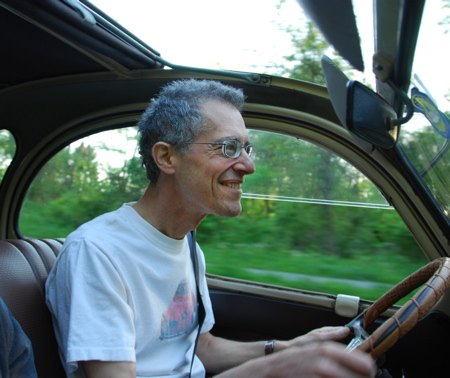
















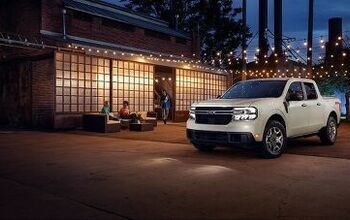

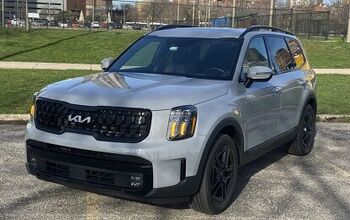
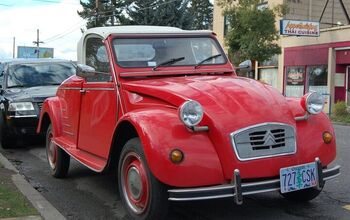

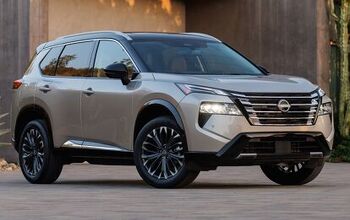
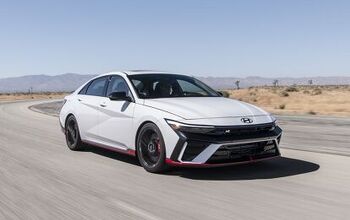
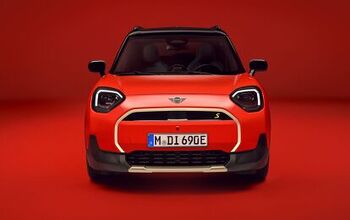
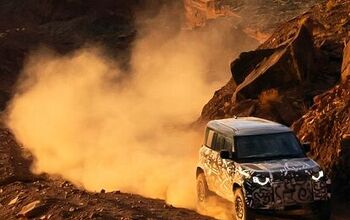
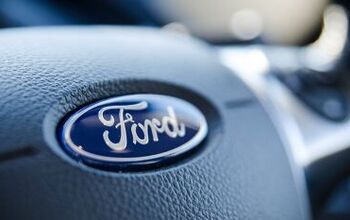
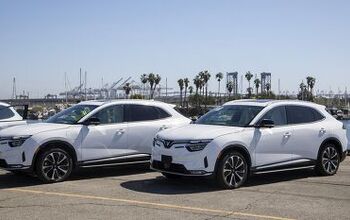
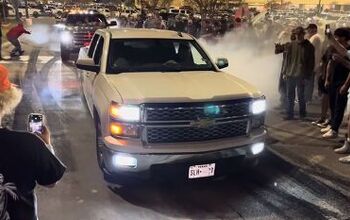
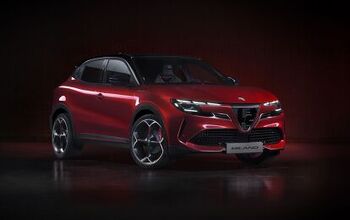


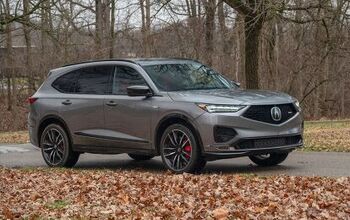

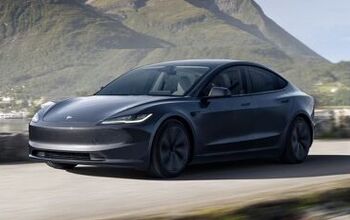
Comments
Join the conversation
Really great article David. One feature not mentioned, at least on the Dyan, is that the tire iron was not only used to change a tire but fit through the front grill so that you could hand crank the engine! I drove a Dyan when I lived in Italy for a bit over a year. We once had six adults in that car and drove it up and down the hills of Tuscany. Very s l o w l y. The car also had inboard disc brakes which only lasted about 10k kilometers before they wore out. It was the most fun car I've ever owned. Oded Kishony
Two weeks ago a somewhat rusty yellow 2CV was parked behind my hotel in Puerto Varas, Chile. The origin of the model name two horses is the taxable horsepower by a complex French rating system of levying after WWII.